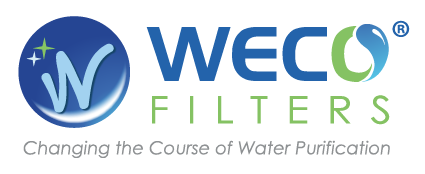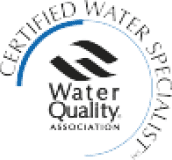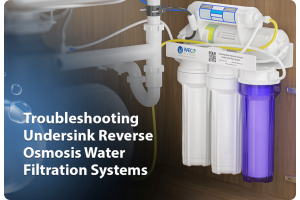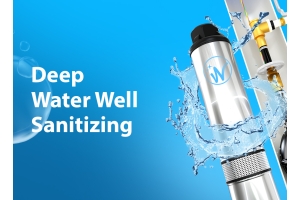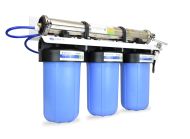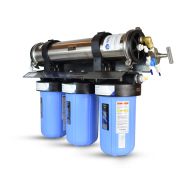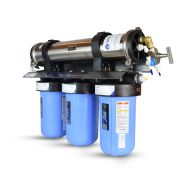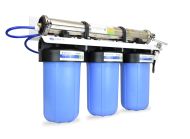Is Nanofiltration Right for Your Industrial Application?
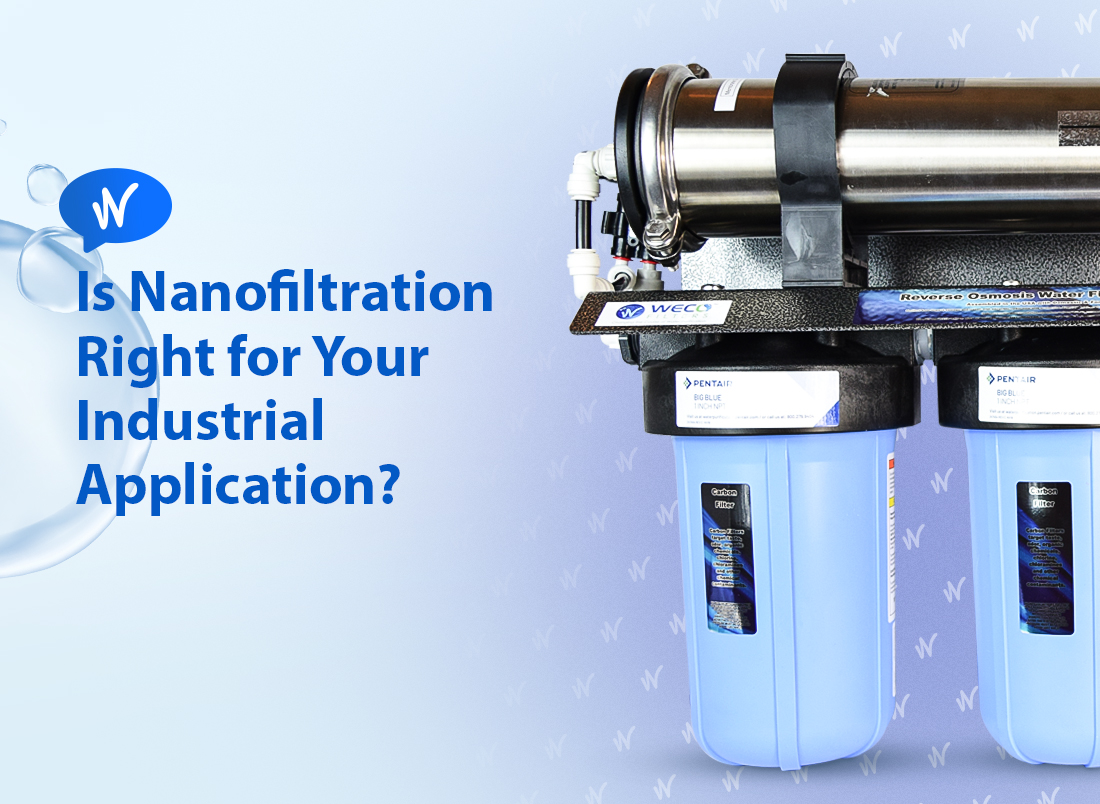
In commercial settings, nanofiltration can remove:
heavy metals—which in some cases can be demineralized and reused
nitrates
sulfates
organic macromolecules
radionuclides
total dissolved solids
Nanofiltration is a relatively new semipermeable membrane filtration system that was designed primarily for drinking water purification. It works on the principles of reverse osmosis, but it is different from the reverse osmosis systems used for seawater desalination and other water purification applications in that nanofiltration uses lower-rejection membranes. It exists in the gap between reverse osmosis on the higher-rejection side and ultrafiltration on the lower-rejection side. As the name suggests, nanofiltration membranes typically separate particles around one nanometer in diameter.
Reverse osmosis and nanofiltration use similar technology—the opposite of osmosis. During osmosis, dissolved solvents move from an area of higher concentration through a semi-permeable membrane into an area of lower concentration. This happens spontaneously; the solutions on both sides of the membrane try to equalize their concentrations. In reverse osmosis, however, the particles dissolved in the water need to be removed. So, the water on one side of the semipermeable membrane must be forced across. Unlike microfiltration and ultrafiltration, nanofiltration and reverse osmosis can deliver consistently filtered water without the use of coagulation, no matter what the quality of the feed.
A major benefit of using nanofiltration is energy savings. In contrast to reverse osmosis, the larger pores in nanofiltration membranes often require less pressure in the purification system. Pressures in reverse osmosis systems range from about 75 psi to as much as 1,200 psi. Nanofiltration systems, on the other hand, have typically lower pressure requirements of approximately 50 psi to 225 psi. In some cases, nanofiltration’s lower pressure requirements can save up to half the energy used for water filtration. Additionally, nanofiltration takes place at ambient temperatures, so it does not demand heating and cooling like distillation.
The larger membrane pores used in nanofiltration allow more salt into the permeate. In nanofiltration, sodium chloride rejection rates can be as low as 75-80% (and maybe even as low as 40%), while reverse osmosis systems generally reject at least 99.5% of sodium chloride. In many facilities, however, the lower salt rejection rate will be more than acceptable when coupled with nanofiltration’s lower energy use. In facilities where scaling is a concern, nanofiltration can be an attractive option because its membranes tend to retain calcium and magnesium ions, resulting in soft water. Even as salt rejection rates go down, nanofiltration systems often retain hardness rejection rates of 90% or more.
In addition to energy savings and water softening benefits, nanofiltration systems usually have a much smaller footprint than traditional, multistage separation options. The membranes used in nanofiltration systems often need to be hundreds or even thousands of square meters. For efficiency, they are packed in modules. Most often, nanofiltration systems use spiral wound modules, in which flat membranes are wound around a tube. Many standard nanofiltration systems accept 2.5-, 4-, and 8-inch diameter spiral wound modules. These membranes tend to require little maintenance, though they can be susceptible to buildup of material that can block, or foul, them. Fouling can usually be mitigated by additional filtering upstream, by adding coagulants, or chemical solutions designed to destroy biological contaminants which can flourish in the temperatures where nanofiltration often takes place.
Though nanofiltration has a number of benefits, it may not be the best option in zero liquid discharge situations. Like reverse osmosis, nanofiltration creates a fairly large volume of wastewater—which can be up to half of the feed volume. Some facilities may opt to use evaporations ponds or injection wells to avoid discharge.
Nanofiltration systems are versatile and cost-effective ways to deliver the water many industrial facilities need to operate. They are worth exploring when designing industrial water purification systems.
References
- Pure Aqua, Inc., “Nanofiltration NF Systems,” https://www.pureaqua.com/nanofiltration-nf-systems/.
- The Dow Chemical Company, “FILMTEC Membranes,” http://msdssearch.dow.com/PublishedLiteratureDOWCOM/dh_0042/0901b80380042dd2.pdf?filepath=liquidseps/pdfs/noreg/609-02002.pdf&fromPage=GetDoc.
- AXEON Water Technologies, “AXEON Introduces Nanofiltration Water Systems for Industry Use,” https://www.axeonwater.com/blog/axeon-introduces-nanofiltration-water-systems/.
- SAMCO Technologies, A Fundamental Guide to Industrial Reverse Osmosis and Nanofiltration Membrane Systems. https://www.samcotech.com/.
